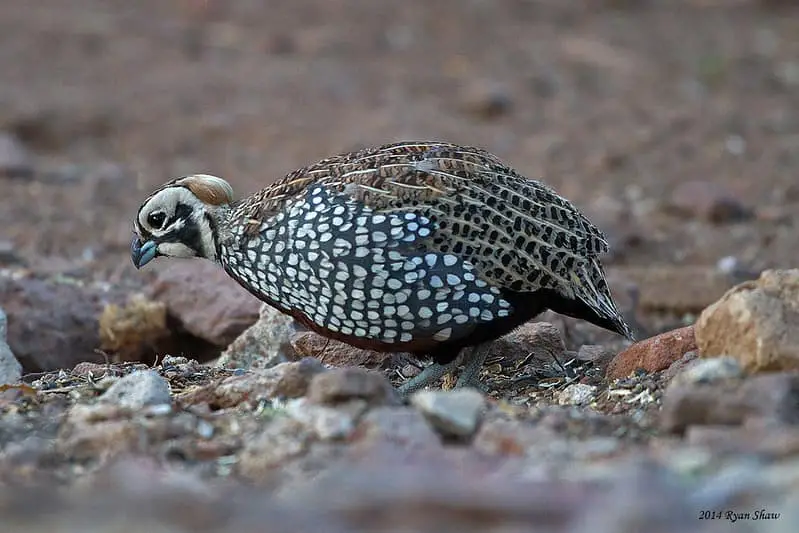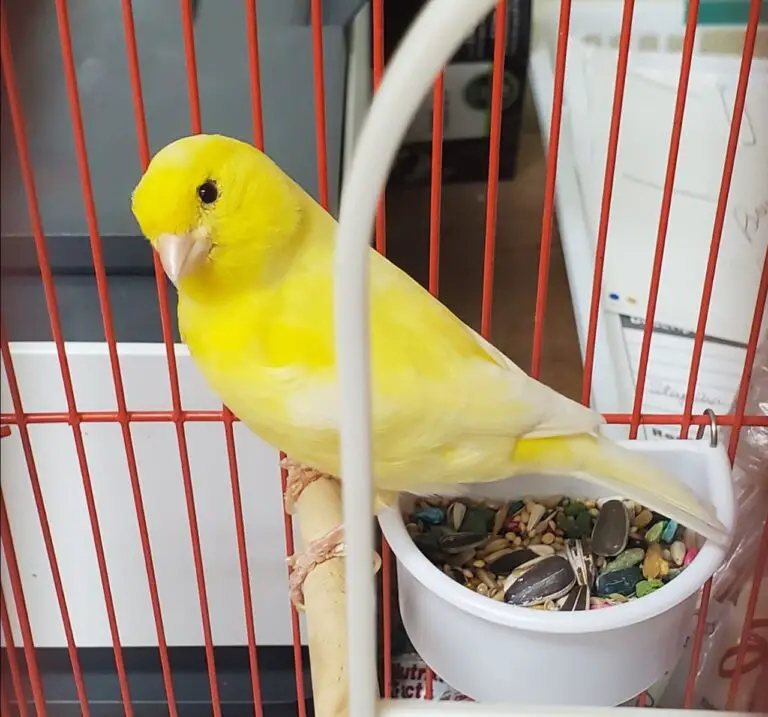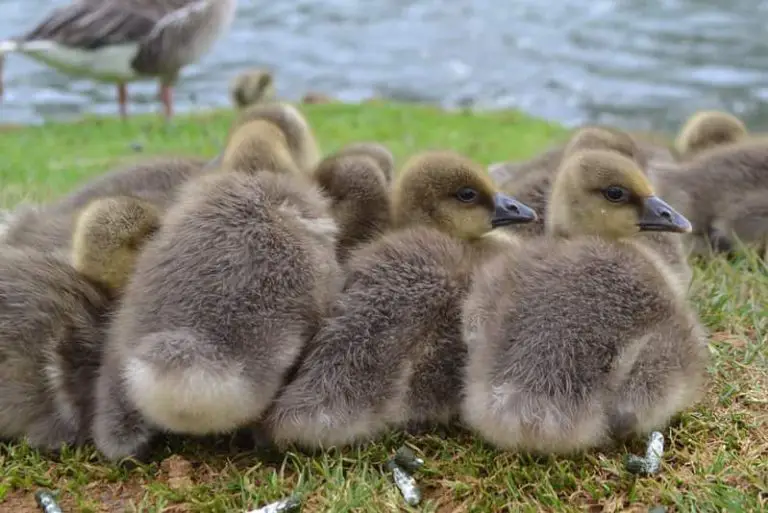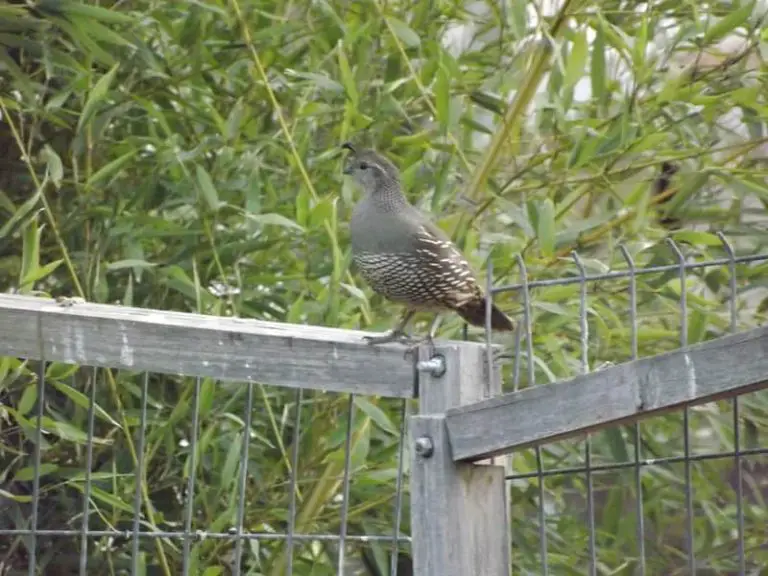Why is Your Quail Panting? (Cause & Prevention)

Why is your quail panting?
It could be said that quails are extremely resistant birds, which could adapt more easily to heat than to low cold temperatures, but because they are birds with adaptation mechanisms they tend to perform strange physical activities that could confuse a person.
For example, in summer when it is very hot, have you ever wondered if birds like quail sweat, because they pant so much? these two questions have a direct relationship.
Somehow quails need to regulate their temperature in an excessively hot climate that could even become suffocating for a human being. The quail’s panting is their way of being able to regulate their temperature in a very hot environment.
Panting in quails may also be a sign of respiratory problems, despite the fact that quails have small nostrils located at the top of their beaks.
When the quail needs a higher breathing frequency it opens its beak and breathes through its panting.
Like many other animals, the quail cannot sweat, unlike humans. Of course, that doesn’t mean they can’t get very hot.
Particularly when the average temperature rises above 30°C, you can notice the quail panting increasingly. That’s how they try to regulate their body temperature.
How to recognize heat exhaustion in quail?
Heatstroke in quails can have deadly consequences.
Any living being can suffer from heatstroke, birds like quails are significantly affected because their defense mechanism against heat may not be as effective as in other species.
Apart from the evident panting in quails, it is very important to recognize other symptoms of excessive heat in order to protect the bird by acting immediately.
Heat shock symptoms in a quail
High body temperature
When the surrounding temperature is above 26.7ºC, the quails will begin to experience what is known as heat stress. If this is not corrected and something is done to lower this temperature, it will most probably continue to rise rapidly, provoking heatstroke in the quails.
Monitoring the birds’ temperature when the environmental temperature is high is one of the most effective ways of detecting this problem.
Erratic movements and heavy panting
Erratic movement is one of the first symptoms of heat stroke in quails. At first, the quails are in search of a cool and shady area, but this will gradually change and other movements become confused.
The quail is positioned with the feathers close to the body and the wings apart, trying to reduce its body temperature
Breathe with the beak open to try to capture more air, just as if you were exhausted.
Shaking and seizures
The symptoms vary when the heatstroke in the quails is about to start. The quail at that moment is left lying on the ground apparently without strength as if it were very exhausted.
This is as if it can no longer do anything on its own to avoid the heatstroke.
The convulsions and tremors begin suddenly and quickly. This is a critical time because the quail may be about to lose consciousness.
If she becomes unconscious, her ability to react is nil and yours is very short. You must cool him immediately but avoid causing a thermal shock.
How to protect quails from heat stroke and heavy panting
Preventing heatstroke is very important to preserve the integrity of quails and keep them out of danger, it is necessary to take certain measures that may seem very basic, but which may be overlooked if you are taking care of a quail for the first time.
These basic measures will increase the chances of survival of the quail, even in summers and particularly hot weather. This is very important because quail are very susceptible to extreme temperature changes.
Take into account weather forecasts
This is something very basic but really effective, especially if you are going out for a long time and have to leave the quails unattended.
Paying attention to the weather forecast to know if heat waves are projected will help you make decisions to prevent heat stress on the quails.
This will help you decide if you should move them to more open or closed environments depending on the weather. Finding the right location is very important for the well-being of the quail.
The essential thing is to avoid them receiving direct sun in summer. The shade will always be a better choice.
Leave plenty of water available for the quail
You must have several points where the quails can drink water, just in case, do not take the risk that the water is not sufficient for the quails, it is better than over and not missing.
If you have only one drinking point, an accident could occur that could overturn the water, even though it is highly unlikely. Or something may happen that makes you come home later to replenish the water.
So it’s best to prevent possible difficulties by putting in more of a water drinking device.
Keep quails fresh on hot days
Spraying quails with water is an effective measure for keeping them cool on hot days where the temperature exceeds 27ºC, doing this without safely exposing them to draughts.
Keeping the area naturally ventilated and constantly renewing the bathing water for the quail are actions that will definitely help to avoid heatstroke and also avoid strong panting in the quail.







